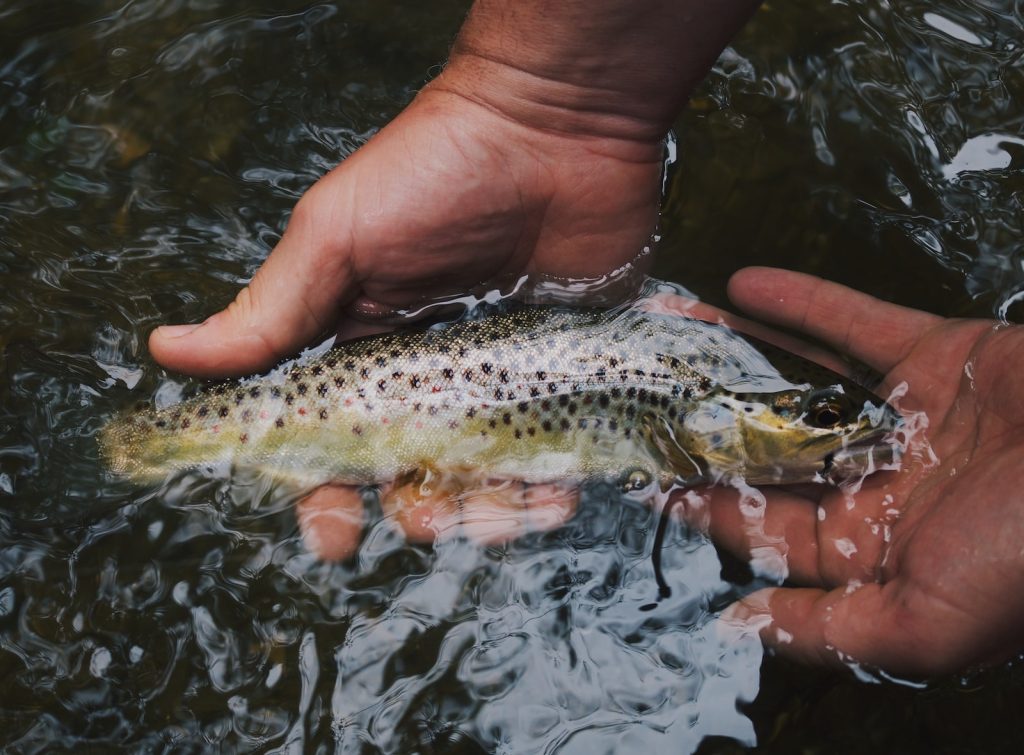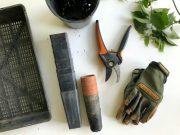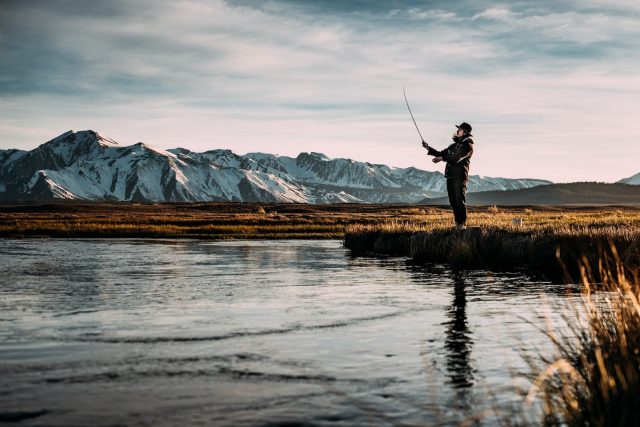Fly fishing is a centuries-old sport that people of all ages can enjoy. It’s an exciting and rewarding experience when done correctly, and it’s not as difficult as you may think to learn the basics. This guide is designed to help beginners understand what fly fishing for trout involves, from the equipment needed to the techniques used to catch them.
What is Fly Fishing?
Fly fishing is an angling technique that uses a rod and line to catch fish. Fly fishing is a traditional method of angling, which dates back over 2000 years in many parts of the world. It has become immensely popular recently as it combines both skill and artistry. The goal of fly fishing is to cast artificial flies into the water so they imitate an aquatic insect or worm at the surface or on the bottom. The fish are attracted by these flies, mistaking them for food, and will then be caught with the help of a reel and rod combination. The technique requires patience, skill in casting, and accuracy when presenting the fly onto the water’s surface.
Equipment Needed
Fly fishing is one of the world’s most popular and fulfilling sports. It offers a unique experience for anglers of all ages and skill levels. However, having the right equipment is important to enjoy fly fishing to its fullest. This article will discuss what type of gear is needed for fly fishing. First, you’ll need a good quality rod and reel that are specifically designed for fly fishing. You’ll want something lightweight but durable enough to handle different types of fish species. Additionally, you’ll need some specialized flies or lures, which can be purchased at most sporting goods stores or bait shops. Flies come in various sizes and styles depending on the type of fish you’re targeting, so it’s important to do your research before selecting them.
Types of Trout

The sport of fly fishing is an exciting way to spend time outdoors, and trout are some of the most popular fish to target. The various types of trout can offer a unique experience for anglers, so it’s important to understand the distinctions between them. From browns to rainbows, this beginner’s guide will provide a quick overview of all the main types of trout available in North America.
One of the most common species is the brown trout, native to Europe but has been introduced into many areas on this continent. It’s generally considered an excellent gamefish due to its strength and fighting ability. Rainbows are also widely distributed across North America and are highly sought-after for their bright colors and impressive size potential. The brook trout is native to the eastern United States and Canada but has also been introduced into many other areas. It’s a popular gamefish due to its small size and beautiful coloration.
Casting Techniques
Casting a fly rod may initially seem intimidating, but several techniques can help improve accuracy and distance.
The most basic technique is the standard overhead cast, which involves swinging your arm backward while raising the rod tip in an arc above your shoulder. This method is great for close-range targets but lacks control when casting further out. Try using a roll or reach cast to increase accuracy and range. The roll cast uses momentum to propel the line forward without raising your arm as high.
This technique allows for short casts with minimal false casts and works best in tight places with a limited moving room. The rod tip is held low during this cast, which results in a shallow loop that rolls out ahead of the fisherman before dropping on target with less disturbance than regular forward casting.
Best Lures/Flies for Trout
While many different lures and flies can be used to catch various fish species, some of the best lures for trout are dry flies, streamers, nymphs, and emergers. Dry flies imitate the adult stages of aquatic insects that live on and near the water’s surface. Streamers resemble small baitfish or minnows, making them effective attractors for larger feeding trout. Nymphs are designed to mimic immature insects in their underwater phases, such as pupae and larvae, while emergers look like adult aquatic insects just below the surface. All four types of lures have their unique uses and can be incredibly effective when targeting trout in freshwater rivers or streams.
Finding the Perfect Location
Finding the perfect location for fly fishing for trout can be a daunting task. It takes research, dedication, and the right knowledge in order to make sure your effort is rewarded with a successful outing. Choosing the right spot means looking at certain factors, including water clarity, temperature, and fish habitat. The first step in fly fishing for trout is determining where to cast your line. Start by researching local rivers, streams, and lakes with good water quality are known to have plenty of trout swimming around. Next, look into how deep these bodies of water are, as some areas may be too shallow or too deep for the type of trout you’re targeting. It would help if you also considered which season it is, as this will impact air temperatures and weather conditions that could affect your success rate.
Make sure that plenty of trout in the area and other fish species might make a good alternative if your target isn’t biting. Look for areas with plenty of weeds or deep pools; these are usually prime spots for catching trout.
Enjoy the Sport!
Fly fishing for trout is a beloved pastime that anglers have enjoyed worldwide for centuries. But to get started in this exciting sport, it’s important to be aware of its basics. From understanding the different types of trout, to choosing the right tackle and bait, this guide provides an overview of everything you need to know when fly fishing for trout. Now that you have your equipment and knowledge, it’s time to embark on your journey and enjoy the sport!
When heading out into nature’s great expanse, there are several things you should keep in mind. Remember to stay hydrated, pack plenty of snacks and listen closely for any signs from wildlife or changes in wind direction. Taking these simple steps will ensure that your experience is as safe and enjoyable as possible.






























